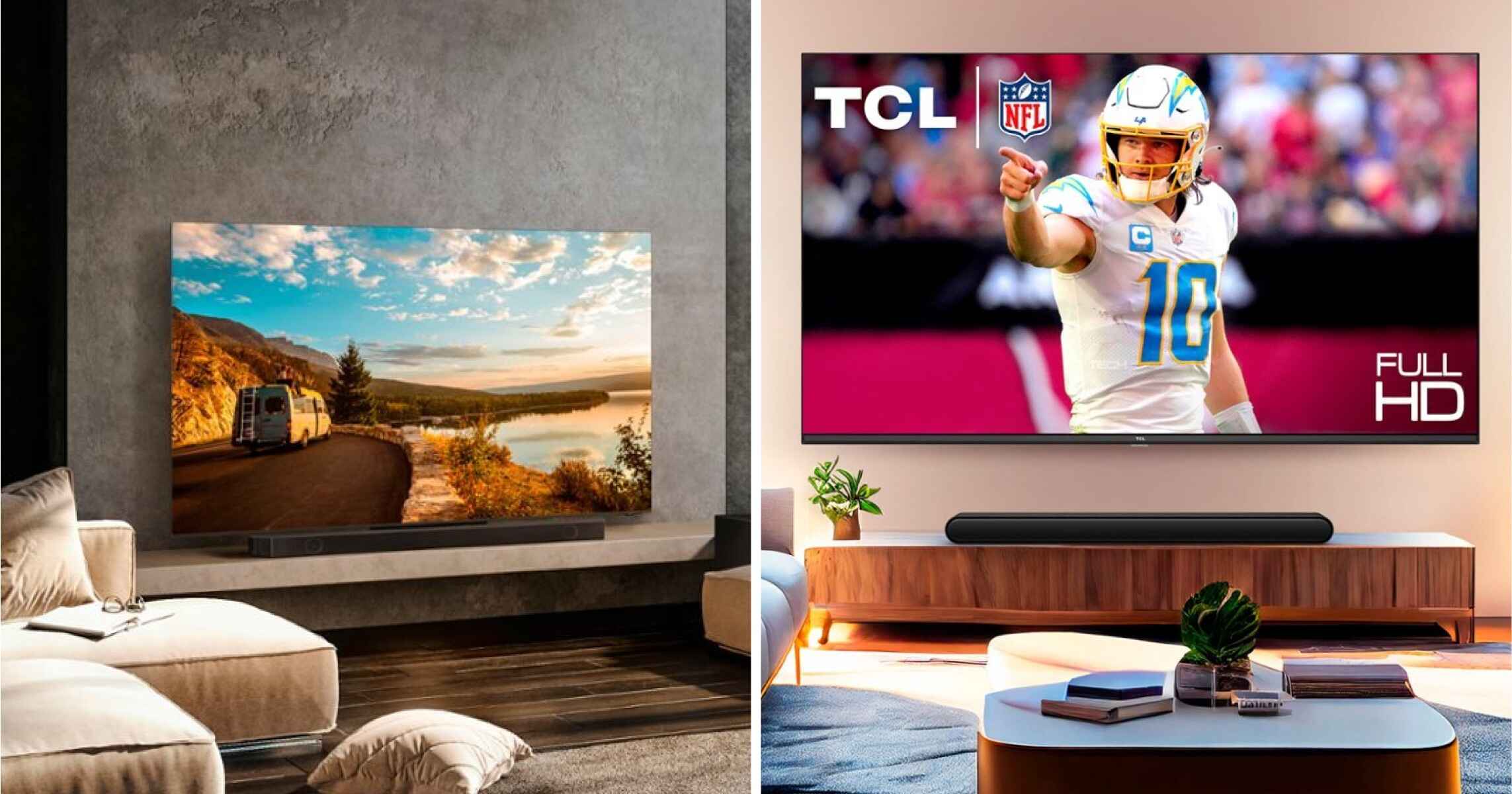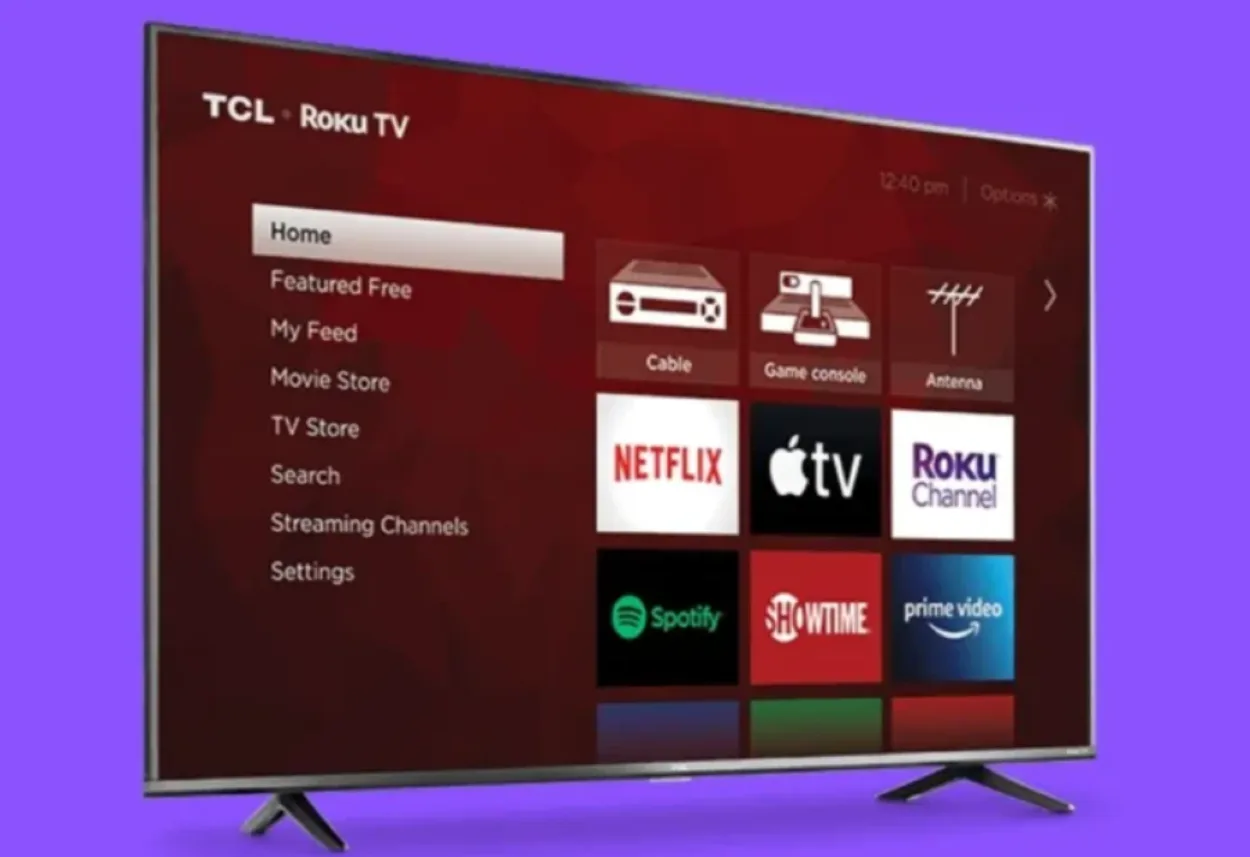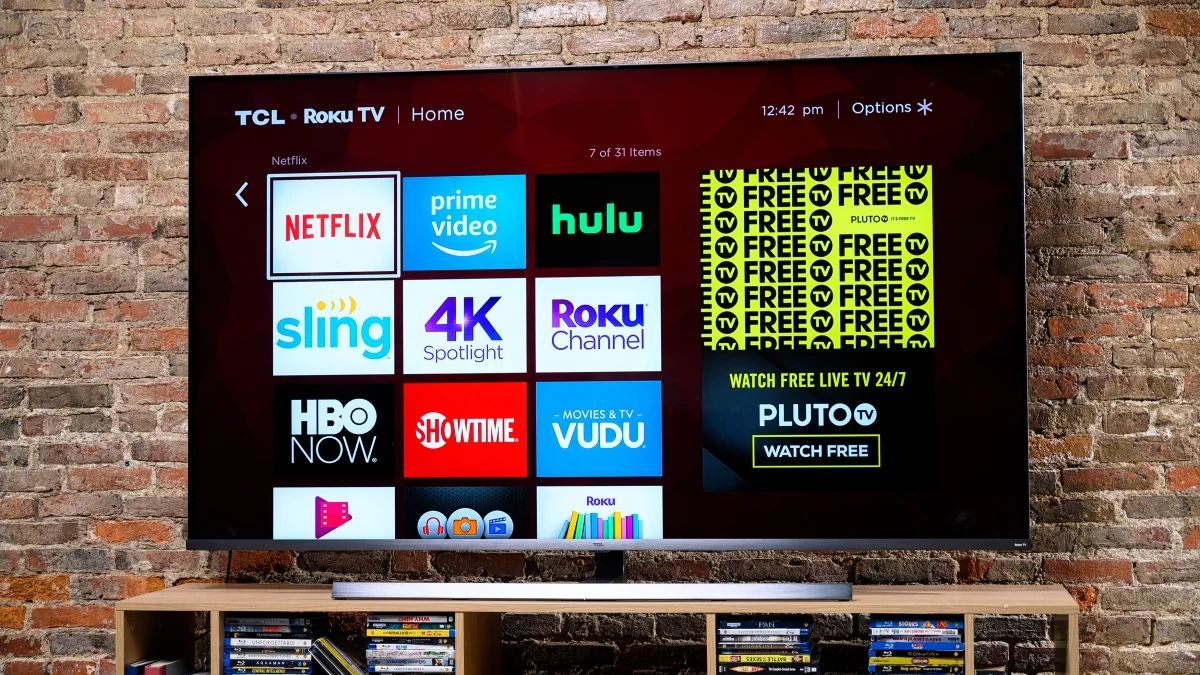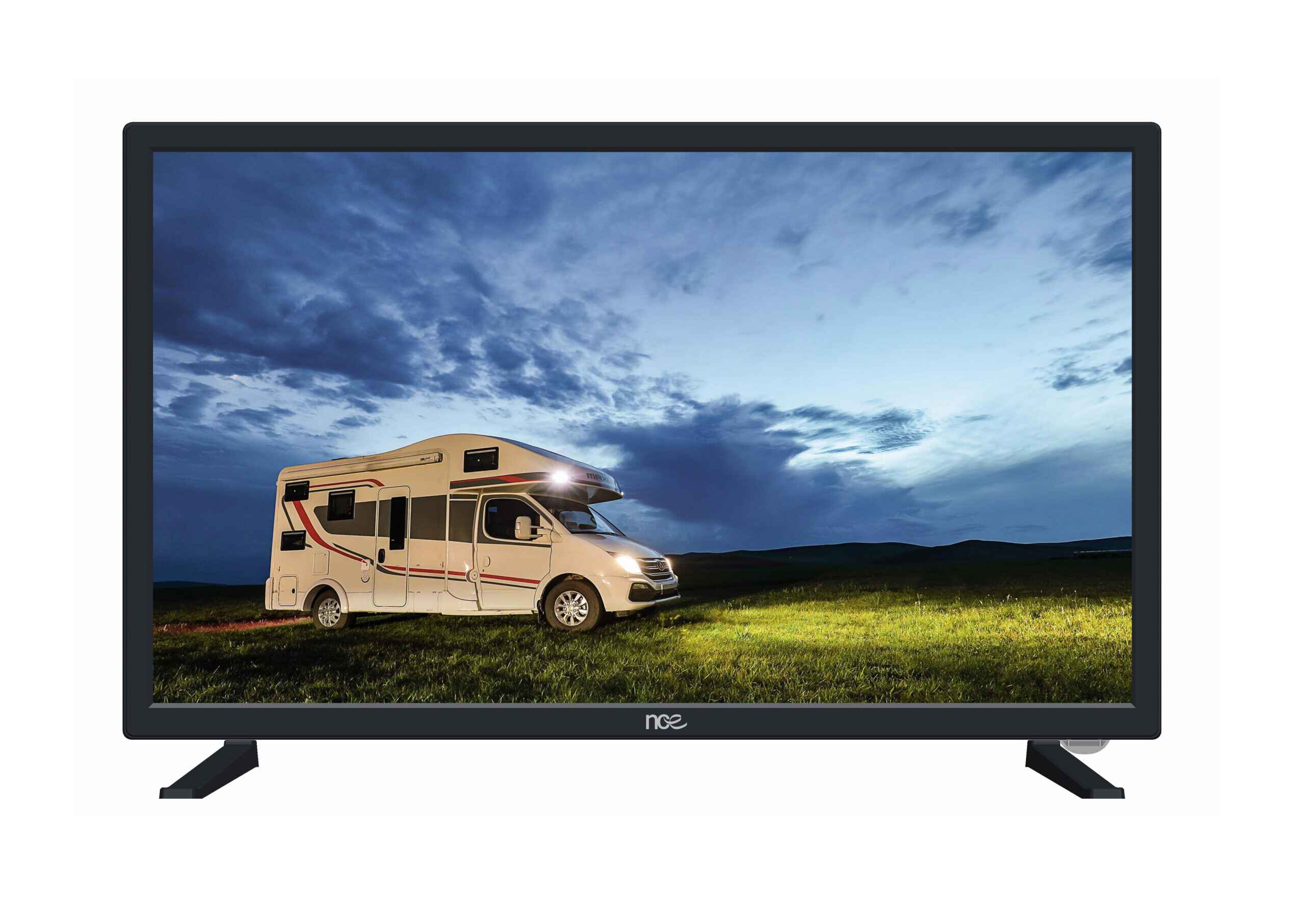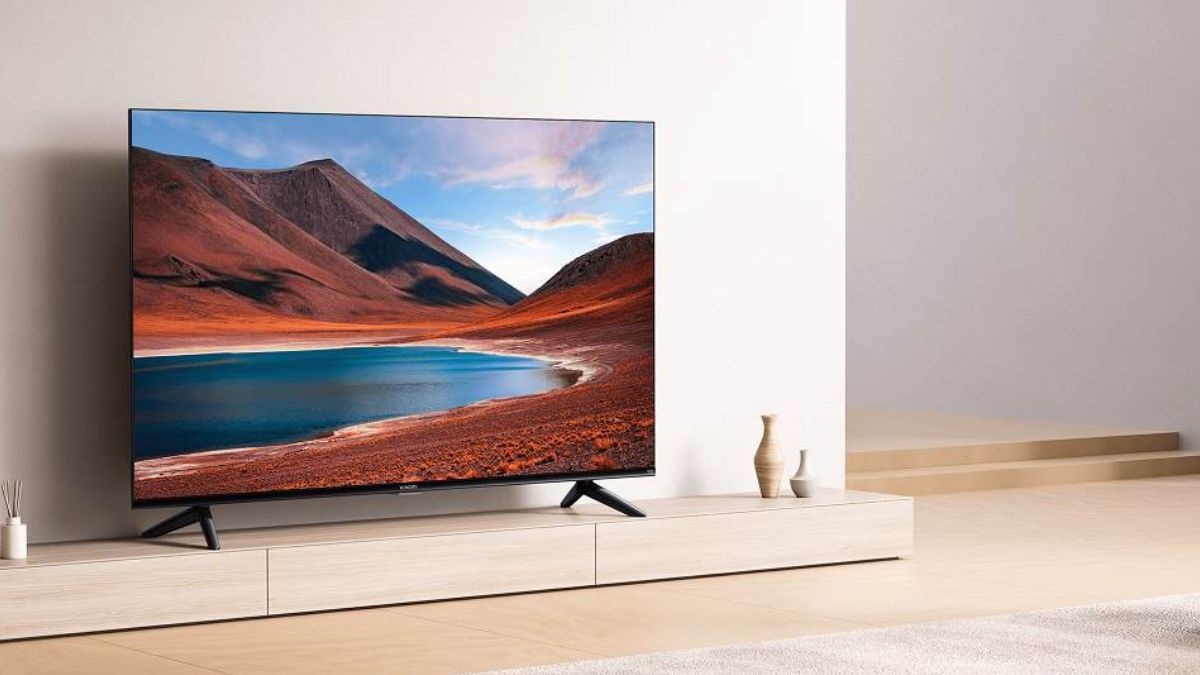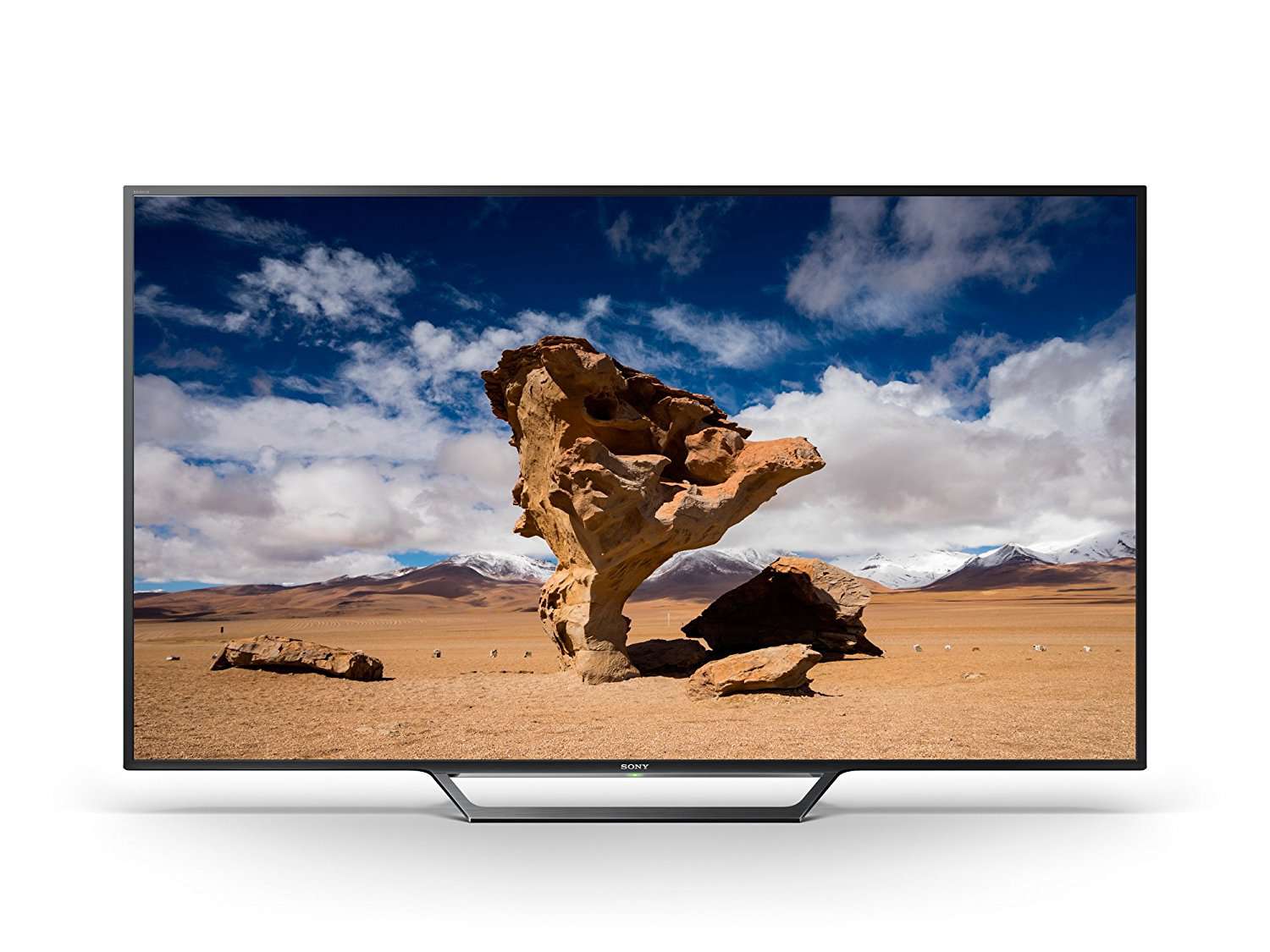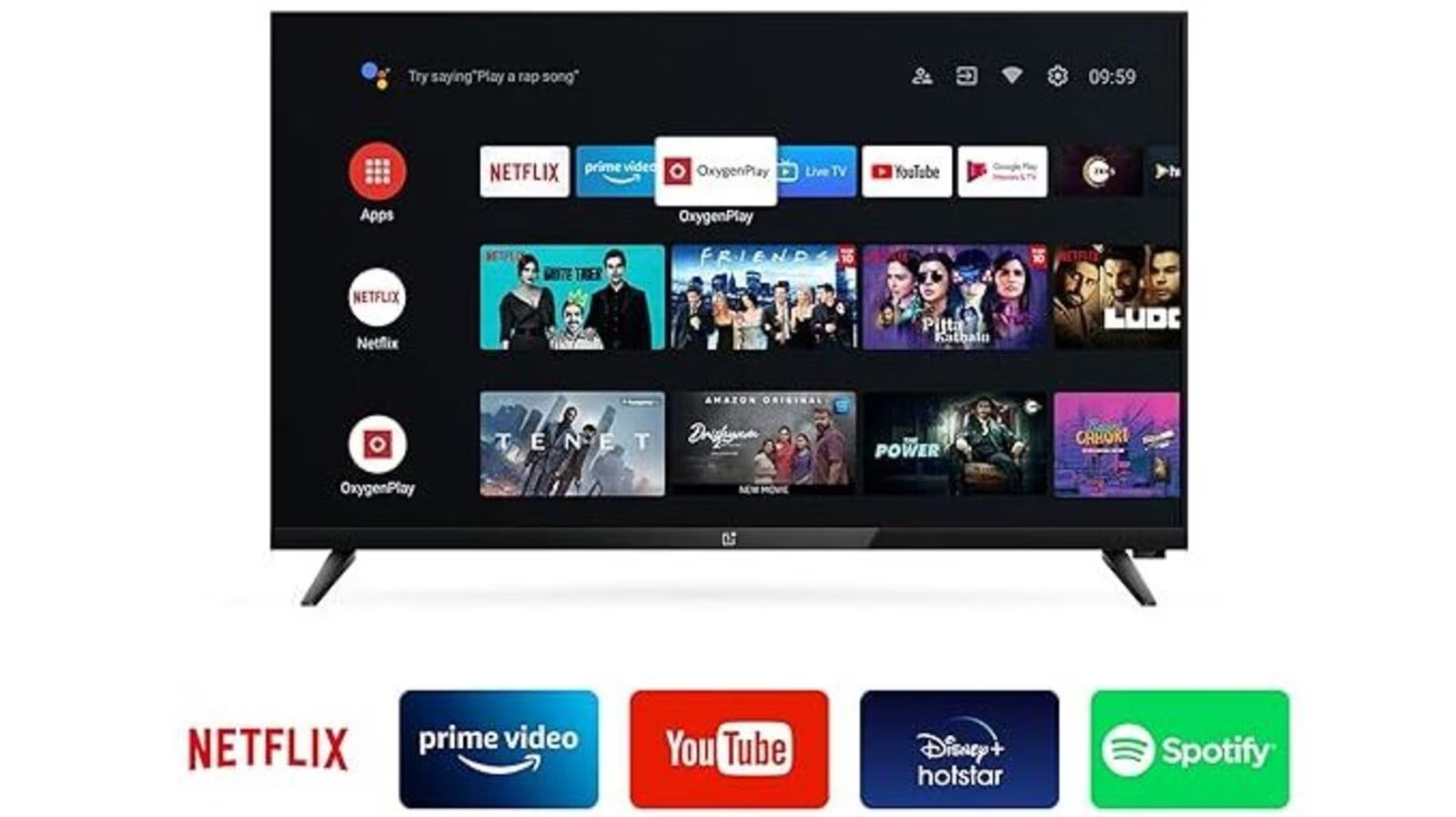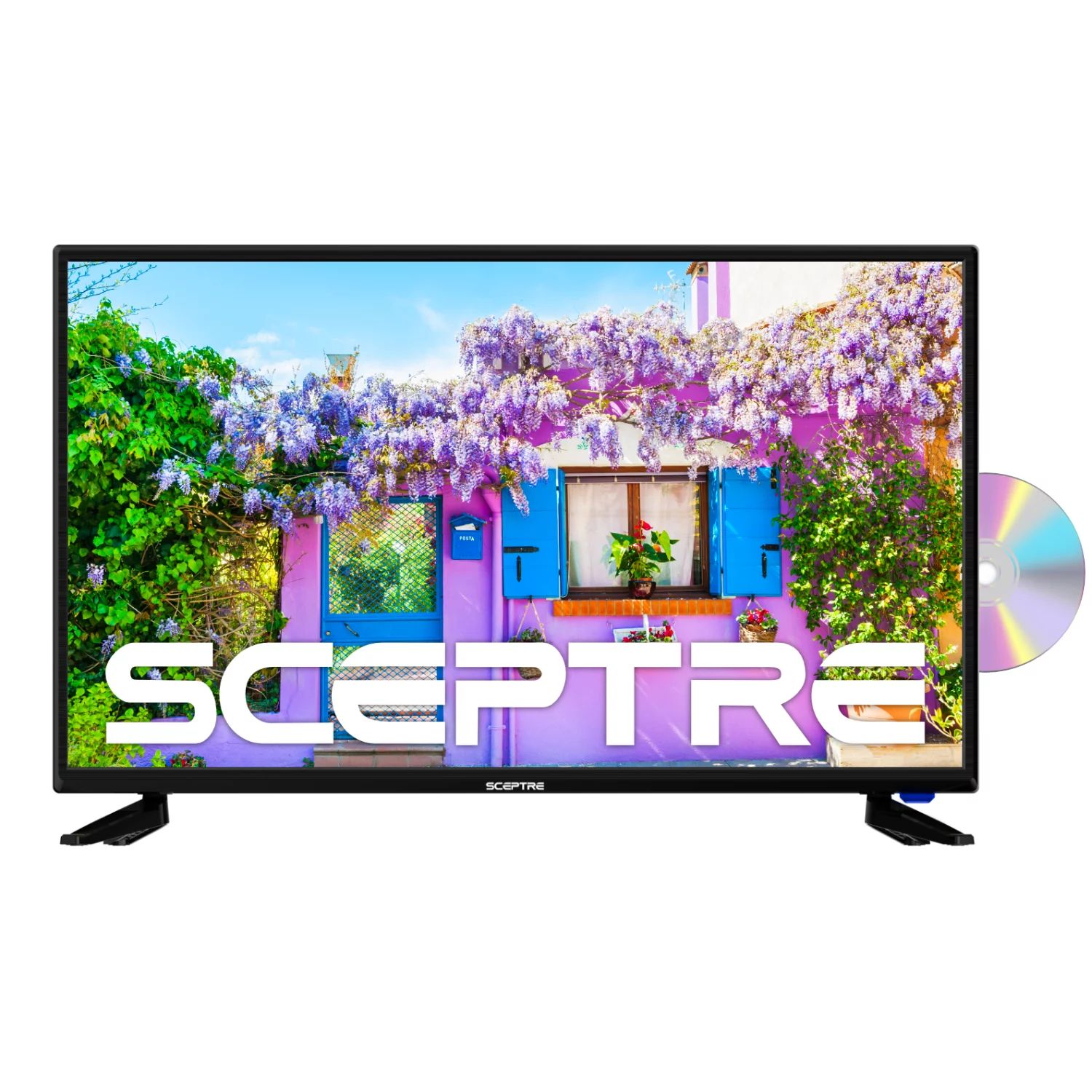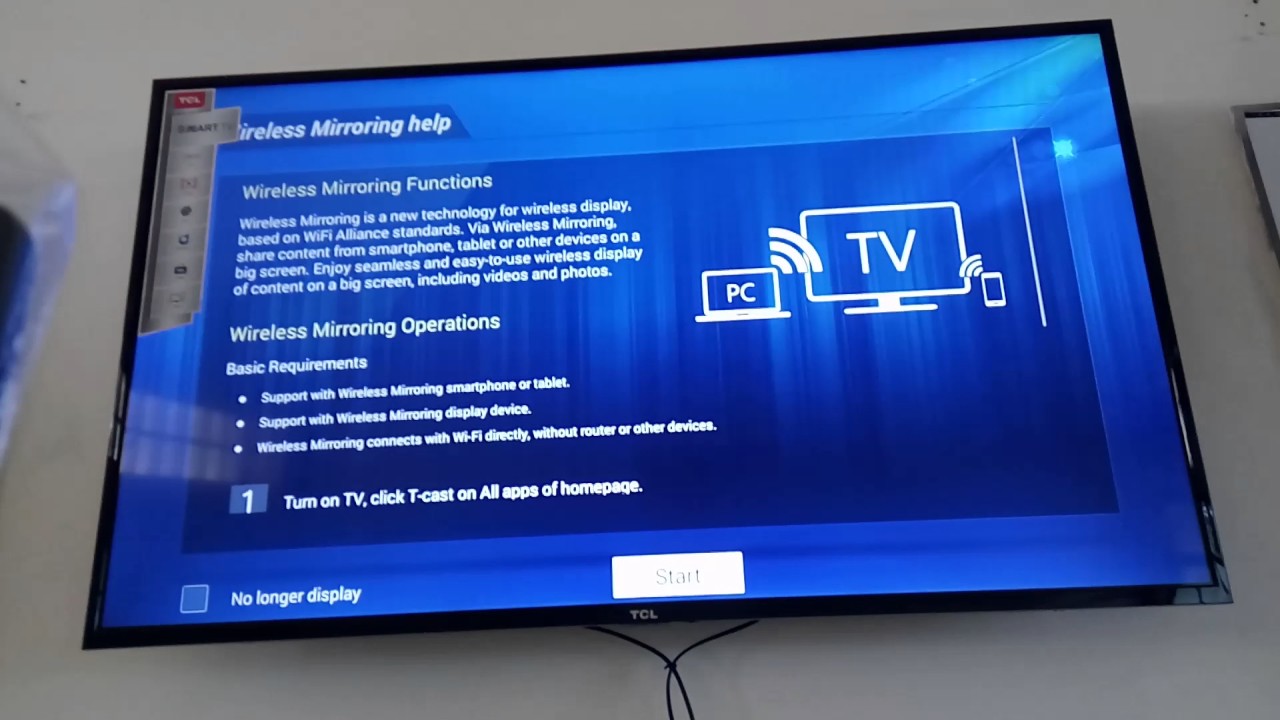Introduction
Welcome to this guide on how to connect your laptop to a TCL Smart TV. Connecting your laptop to your TV allows you to enjoy your favorite movies, TV shows, and even work presentations on a larger screen. It can also be a convenient way to share photos and videos with family and friends during gatherings or parties.
Before we begin, it’s important to note that the method you choose will depend on the compatibility of your laptop and TCL Smart TV. Some laptops and TVs may have different ports and connectivity options, so it’s essential to ensure compatibility before attempting any connections. In this guide, we’ll explore different methods for connecting your laptop to your TCL Smart TV, including using an HDMI cable, a VGA cable, and wireless screen mirroring.
By the end of this guide, you’ll have a clear understanding of the steps involved in connecting your laptop to your TCL Smart TV, as well as troubleshooting tips to address common issues that may arise. So, let’s dive in and explore the various methods you can use to connect your laptop to your TCL Smart TV!
Step 1: Check the Laptop and TV Compatibility
The first step in connecting your laptop to a TCL Smart TV is to ensure compatibility between the two devices. Different laptops and TVs may have different ports and connectivity options, so it’s important to check if they are compatible before proceeding.
Start by checking the available ports on your laptop. Most modern laptops have an HDMI port, which is the easiest and most straightforward way to connect to a TV. If your laptop has an HDMI port, check if your TCL Smart TV also has an available HDMI input.
If your laptop doesn’t have an HDMI port or your TV doesn’t have an HDMI input, you can consider other options like VGA or wireless screen mirroring. However, these options may have limitations in terms of video and audio quality, so HDMI is generally the preferred method.
Additionally, it’s worth mentioning that some laptops and TVs may require specific adapters or cables to make the connection. For example, if your laptop has a USB-C port but your TV only has HDMI inputs, you might need a USB-C to HDMI adapter or cable.
Once you’ve confirmed the compatibility between your laptop and TCL Smart TV, you can proceed to the next steps to connect them. It’s also a good idea to consult the user manuals or support resources of both devices for any specific instructions or troubleshooting tips.
Remember that ensuring compatibility between your laptop and TCL Smart TV is crucial for a successful and hassle-free connection. Taking this initial step will save you time and frustration later on and ensure that you’re able to enjoy the benefits of a larger screen experience.
Step 2: Connect the Laptop and TV using HDMI Cable
Connecting your laptop to a TCL Smart TV using an HDMI cable is the simplest and most common method. HDMI cables provide high-quality audio and video connections, allowing you to enjoy your content on a larger screen. Follow the steps below to connect your laptop and TV using an HDMI cable:
- Make sure both your laptop and TCL Smart TV are turned off. This will prevent any potential damage when connecting the HDMI cable.
- Locate the HDMI port on your laptop. It is usually found on the side or back of the laptop. Plug one end of the HDMI cable into this port.
- Locate the HDMI input on your TCL Smart TV. It is typically situated on the back or side of the TV. Plug the other end of the HDMI cable into this input.
- Turn on your laptop and TCL Smart TV. Use your TV’s remote control to switch the input source to the corresponding HDMI input where you connected the cable.
- Your laptop’s screen should now be mirrored onto the TCL Smart TV. If not, you may need to adjust the display settings on your laptop to enable screen mirroring or extend the display to the TV.
- Enjoy your laptop’s content on the big screen! You can stream movies, play games, display presentations, or view any other content on your TCL Smart TV.
Connecting your laptop to a TCL Smart TV using an HDMI cable is a straightforward process, and it ensures the highest audio and video quality. Just make sure to select the appropriate HDMI input on your TV and adjust the display settings on your laptop if needed.
If you encounter any issues with the HDMI connection, double-check that your HDMI cable is securely connected and working correctly. You can also try different HDMI ports on your TV or test the HDMI cable with other devices to rule out any possible problems.
Now that you have successfully connected your laptop to a TCL Smart TV using an HDMI cable, you can enjoy a larger screen experience and take full advantage of your laptop’s capabilities. Whether it’s watching movies, sharing photos, or giving presentations, the HDMI connection allows you to make the most of your content on the big screen.
Step 3: Connect the Laptop and TV using VGA Cable
If your laptop or TCL Smart TV doesn’t have an HDMI port, or if you prefer an alternative option, you can connect your laptop to the TV using a VGA (Video Graphics Array) cable. While VGA doesn’t support audio transmission, it can still provide a good video quality connection. Follow the steps below to connect your laptop and TV using a VGA cable:
- Ensure that both your laptop and TCL Smart TV are turned off.
- Locate the VGA port on your laptop. It is typically found on the side or back of the laptop. Plug one end of the VGA cable into this port.
- Locate the VGA input on your TCL Smart TV. It is usually situated on the back or side of the TV. Plug the other end of the VGA cable into this input.
- Using a separate audio cable (such as a 3.5mm audio cable), connect the audio output of your laptop’s headphone jack to the corresponding audio input on your TV. This will allow audio to be played through the TV’s speakers.
- Turn on your laptop and TCL Smart TV. Select the VGA input on your TV using the remote control or TV settings menu.
- Your laptop’s screen should now be mirrored on the TCL Smart TV. Adjust the display settings on your laptop to ensure the proper resolution and aspect ratio.
- Enjoy your laptop’s content on the larger screen of your TCL Smart TV. You can now watch videos, give presentations, or work with more screen real estate.
Connecting your laptop and TCL Smart TV using a VGA cable is a viable option when HDMI is not available. Although VGA doesn’t transmit audio, you can still achieve a solid video connection, and by using an additional audio cable, you can ensure audio playback through the TV’s speakers.
If you’re facing any issues with the VGA connection, carefully check that all cables are securely connected and that you have selected the correct input on your TV. Additionally, ensure that the display settings on your laptop are configured appropriately to match the TV’s resolution and aspect ratio settings.
By successfully connecting your laptop and TCL Smart TV using a VGA cable, you can enjoy your content on a larger screen and elevate your viewing experience. Whether you’re watching movies, playing games, or sharing presentations, the VGA connection allows you to make the most of your laptop’s capabilities.
Step 4: Connect the Laptop and TV using Wireless Screen Mirroring
If you prefer a cable-free option or your laptop and TCL Smart TV support wireless connectivity, you can connect them using wireless screen mirroring. This method allows you to mirror your laptop’s screen onto the TV without the need for any physical cables. Follow the steps below to connect your laptop and TV using wireless screen mirroring:
- Ensure that both your laptop and TCL Smart TV are turned on.
- On your TCL Smart TV, navigate to the settings menu and look for the screen mirroring or wireless display option. Enable it.
- On your laptop, open the settings menu and search for the screen mirroring or wireless display option. Enable it as well.
- Your laptop will start searching for available wireless display devices. Select your TCL Smart TV from the list of detected devices.
- Once connected, your laptop’s screen will be mirrored on the TCL Smart TV. You can now enjoy your favorite content on the big screen.
Wireless screen mirroring allows you to stream videos, present slides, or browse the internet from your laptop while displaying it on the TV. It offers convenience and flexibility, eliminating the need for any physical connections.
It’s worth noting that wireless screen mirroring may have some limitations, such as potential lag or decreased video quality depending on the strength and stability of your wireless network. If you experience any issues, ensure that both your laptop and TCL Smart TV are connected to the same Wi-Fi network and try moving closer to the router for a stronger signal.
Also, keep in mind that the screen mirroring feature may be called different names on different laptops and TCL Smart TVs. Some common terms include “screen mirroring,” “wireless display,” “Miracast,” or “AirPlay.” Refer to the user manuals or support resources for your specific laptop and TV model for detailed instructions.
By successfully connecting your laptop and TCL Smart TV using wireless screen mirroring, you can enjoy the convenience and flexibility of wirelessly streaming your laptop’s content on a larger screen. Whether you’re watching movies, giving presentations, or sharing photos and videos, wireless screen mirroring allows you to elevate your viewing experience.
Step 5: Troubleshooting Tips
While connecting your laptop to a TCL Smart TV is generally a straightforward process, you may encounter some common issues along the way. Here are a few troubleshooting tips to help you resolve any potential problems:
- No signal on the TV: If your TCL Smart TV is not receiving a signal from your laptop, ensure that both devices are properly connected via the chosen method. Double-check the cables and connections to ensure they are secure. Also, make sure you have selected the correct input source on your TV.
- No audio or low volume: If you are using an HDMI or VGA connection and experiencing no audio or low volume, check the audio settings on both your laptop and TCL Smart TV. Ensure that the volume is not muted or set too low. If using a VGA cable, make sure you have connected the separate audio cable correctly.
- Misaligned or distorted display: If the display on your TCL Smart TV appears misaligned or distorted, adjust the display settings on your laptop. Look for options to set the display resolution and aspect ratio to match the TV’s capabilities. Experiment with different settings until you achieve the desired display quality.
- Wireless screen mirroring issues: If you are encountering problems with wireless screen mirroring, ensure that both your laptop and TCL Smart TV are connected to the same Wi-Fi network. Verify that your devices are compatible with wireless display technology (such as Miracast or AirPlay), and make sure the feature is enabled on both devices.
- Compatibility issues: If none of the above steps work, there may be compatibility issues between your laptop and TCL Smart TV. Check the user manuals or support resources for both devices to confirm their compatibility or seek guidance on alternative connection methods.
If you are still unable to resolve the issue after following these troubleshooting tips, you may want to reach out to the technical support of your laptop or TCL Smart TV for further assistance. They can provide specific guidance based on your device models and any unique circumstances you may be facing.
Remember, troubleshooting may require some patience and experimentation. But with persistence, most common problems can be resolved, allowing you to connect and enjoy your laptop’s content on the TCL Smart TV without any hassle.
Conclusion
Connecting your laptop to a TCL Smart TV opens up a world of possibilities, allowing you to enjoy your favorite movies, videos, presentations, and more on a larger screen. Whether you choose to connect through an HDMI cable, a VGA cable, or wireless screen mirroring, the process is relatively straightforward and can be accomplished with the right cables and settings.
Before starting the connection process, it’s crucial to ensure compatibility between your laptop and TCL Smart TV. Check for the availability of ports, such as HDMI or VGA, and determine if any adapters or additional cables are needed. This will save you time and frustration in troubleshooting later on.
By following the step-by-step instructions in this guide, you can successfully connect your laptop to a TCL Smart TV using an HDMI cable, a VGA cable, or wireless screen mirroring. Each method has its advantages and may depend on the compatibility of your devices.
If none of the methods work, or if you encounter any issues, remember to refer to the troubleshooting tips provided. These tips can help you troubleshoot common problems, such as no signal, audio issues, misaligned display, or wireless screen mirroring glitches.
With your laptop successfully connected to the TCL Smart TV, you can now enjoy an immersive viewing experience, whether it’s streaming your favorite movies and TV shows, delivering presentations, or sharing precious moments with friends and family.
Remember, every laptop and TCL Smart TV model may have slight variations in terms of ports, settings, and compatibility. It’s always a good idea to consult the user manuals or support resources of your specific devices for detailed instructions and troubleshooting advice.
Now that you have the knowledge and steps to connect your laptop to a TCL Smart TV, go ahead and enjoy the benefits of a larger screen experience!







